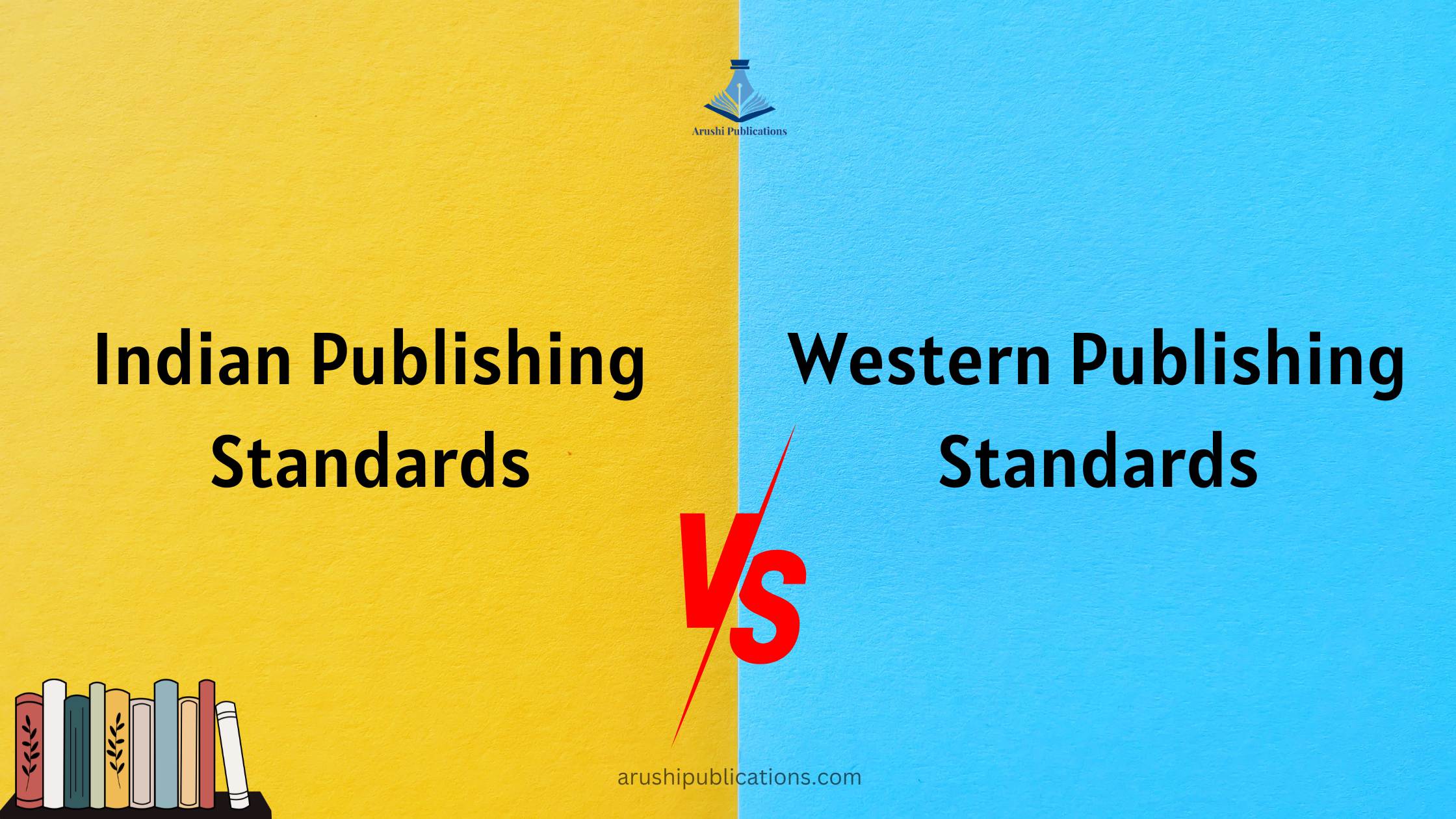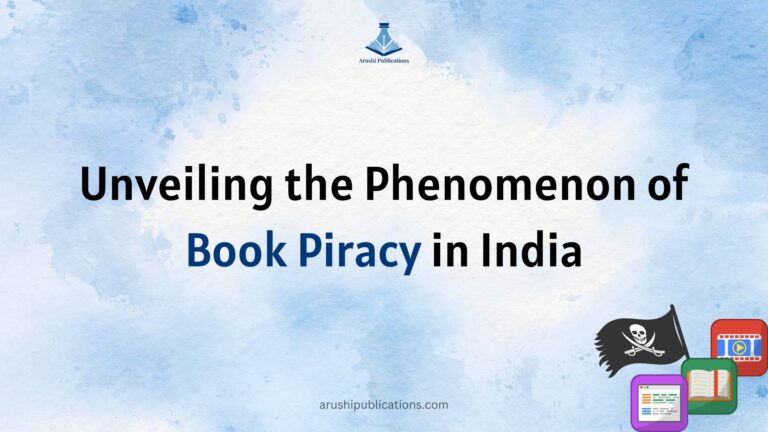The world of publishing is a diverse tapestry woven from the threads of different cultures, traditions, and practices. In recent years, the global publishing industry has witnessed a proliferation of voices from diverse regions, including India, which has emerged as a significant player in the literary arena. As Indian literature gains recognition on the global stage, it is essential to explore the differences and similarities between Indian publishing standards and Western publishing standards. In this blog, we delve into the nuances of both paradigms, examining their impact on the quality, accessibility, and diversity of literature.
Indian Publishing Standards vs Western Publishing Standards
Indian Publishing Standards: A Tapestry of Diversity and Tradition
India, with its rich cultural heritage and linguistic plurality, boasts a vibrant publishing ecosystem that reflects the country’s diverse tapestry of languages, genres, and themes. Unlike the Western publishing model, which is largely dominated by English-language literature, India’s publishing landscape encompasses a multitude of languages, including Hindi, Bengali, Tamil, Telugu, Marathi, and many others.
One of the distinguishing features of Indian publishing standards is the emphasis on regional literature and vernacular languages, which form the bedrock of the country’s literary tradition. Publishers in India play a pivotal role in nurturing regional voices, preserving indigenous knowledge systems, and amplifying the narratives of marginalized communities.
Moreover, Indian publishing standards are characterized by a deep-rooted oral tradition, with storytelling serving as a cornerstone of cultural expression. From ancient epics like the Ramayana and the Mahabharata to contemporary works of fiction and poetry, storytelling occupies a central place in Indian literature, transcending boundaries of time and space.
Western Publishing Standards: The Legacy of Innovation and Globalization
In contrast to the multifaceted landscape of Indian publishing, Western publishing standards are often synonymous with innovation, professionalism, and global reach. The Western publishing industry, particularly in English-speaking countries like the United States, the United Kingdom, and Canada, has a long history of producing bestsellers, literary classics, and groundbreaking works of fiction and non-fiction.
Western publishing standards prioritize editorial rigor, production quality, and marketability, with a keen focus on meeting the demands of readers and book buyers. From meticulous editing and design to sophisticated marketing and distribution strategies, Western publishers employ a range of techniques to ensure that their books stand out in a crowded marketplace.
Furthermore, Western publishing standards are deeply intertwined with the forces of globalization and digital technology, which have transformed the way books are produced, distributed, and consumed. With the rise of e-books, audiobooks, and online platforms, Western publishers have embraced digital innovation as a means of reaching wider audiences and adapting to changing consumer preferences.
Bridging the Divide: Towards a Convergence of Standards
While Indian and Western publishing standards may appear distinct at first glance, there is a growing recognition of the need to bridge the gap between these two paradigms. As Indian literature gains prominence on the global stage, there is increasing pressure on Indian publishers to meet international standards of quality, professionalism, and marketability.
At the same time, there is a growing awareness within the Western publishing industry of the richness and diversity of Indian literature, and a willingness to engage with voices from diverse cultural backgrounds. Initiatives such as literary festivals, translation programs, and cross-cultural collaborations are fostering greater exchange and dialogue between Indian and Western publishers, writers, and readers.
Moreover, advancements in technology and digital publishing are leveling the playing field, enabling Indian publishers to leverage digital platforms and reach global audiences with greater ease and efficiency. From self-publishing platforms to online retail channels, Indian authors and publishers have access to a myriad of tools and resources to showcase their work to the world.

The comparison between Indian publishing standards and Western publishing standards underscores the diversity, complexity, and dynamism of the global publishing landscape. While each paradigm has its unique strengths and challenges, there is immense potential for cross-pollination, collaboration, and mutual learning between Indian and Western publishers.
As India continues to assert its presence on the world stage as a cultural and literary powerhouse, the convergence of Indian and Western publishing standards holds promise for the democratization of literature, the amplification of diverse voices, and the enrichment of the global literary canon.
By embracing the values of inclusivity, innovation, and cultural exchange, Indian and Western publishers can work together to create a more vibrant, inclusive, and interconnected literary ecosystem—one that celebrates the richness of human experience and fosters dialogue, understanding, and empathy across borders and boundaries.





Pingback: Unveiling the Phenomenon of Book Piracy in India - Arushi Publications